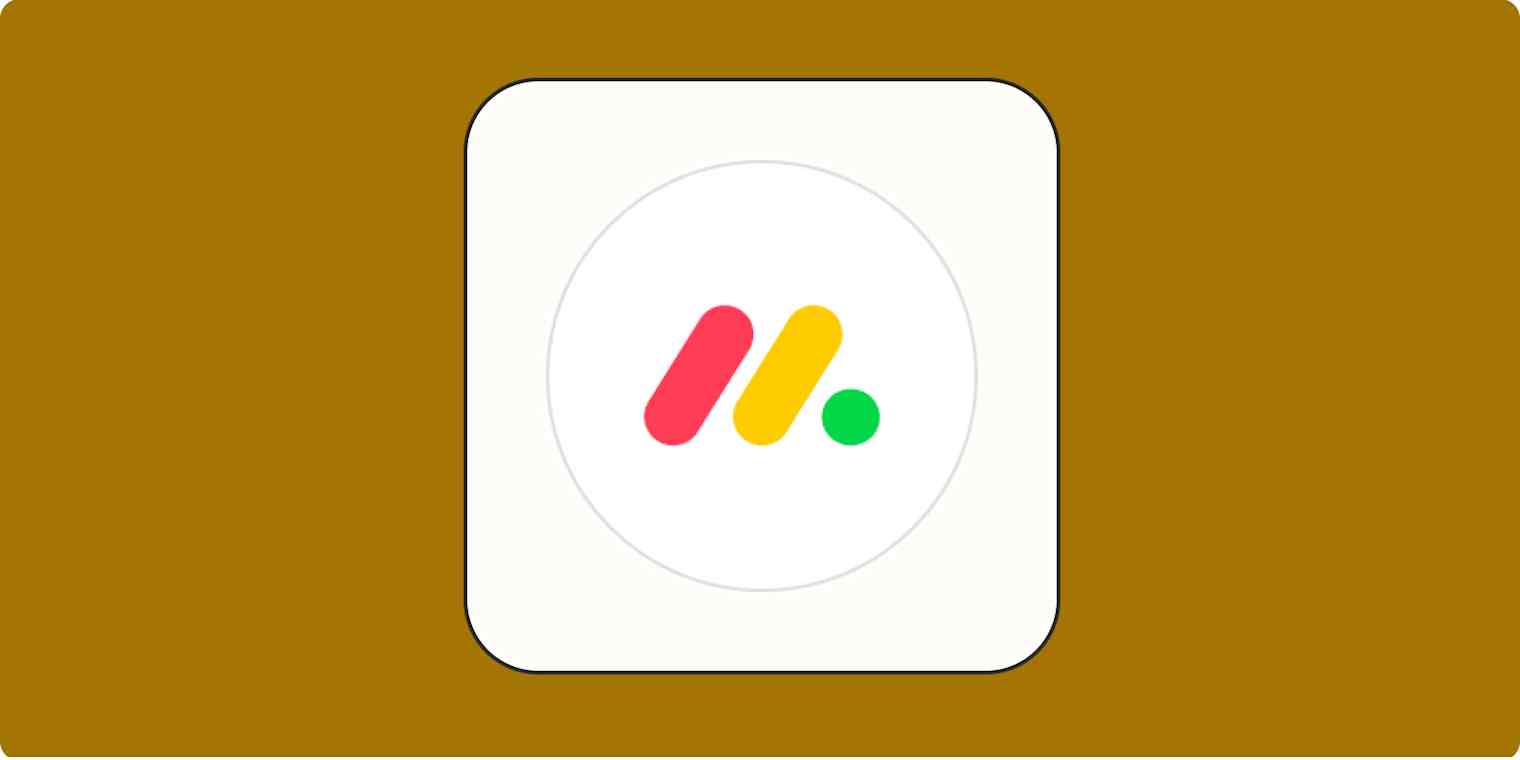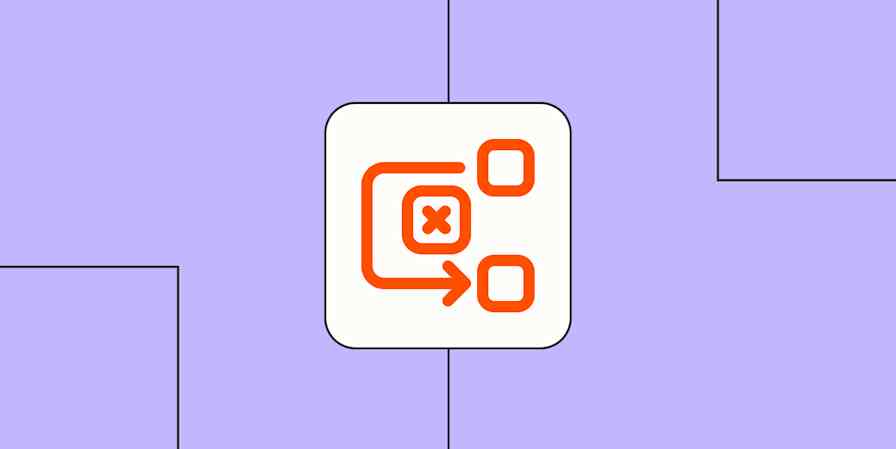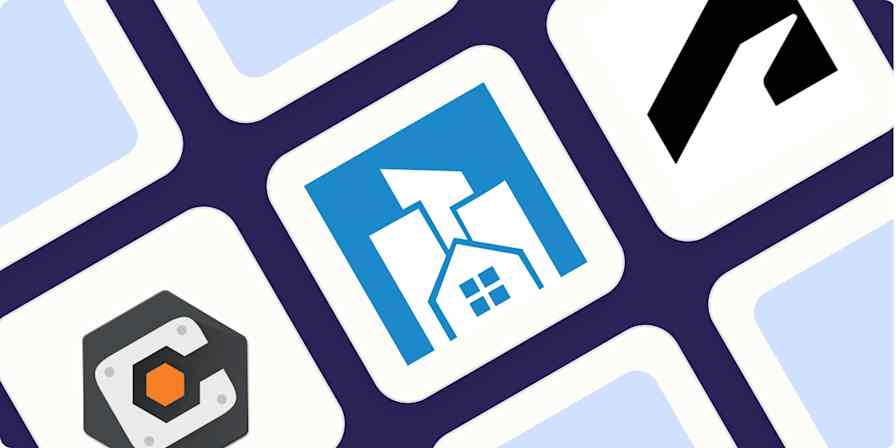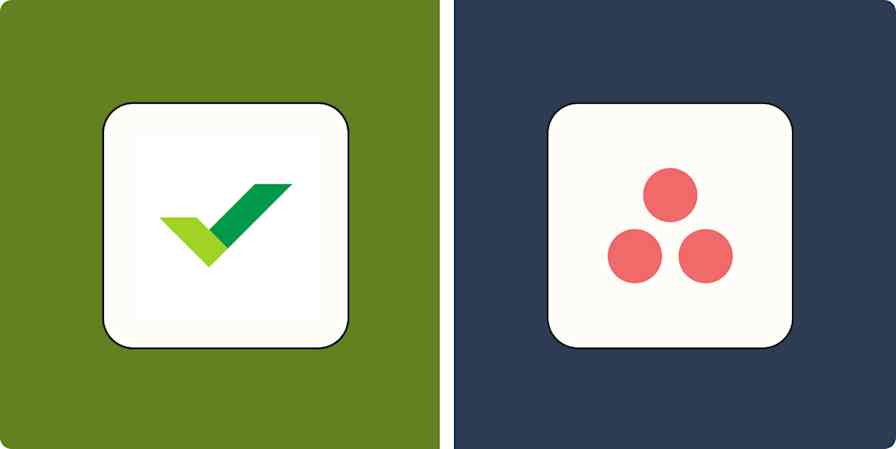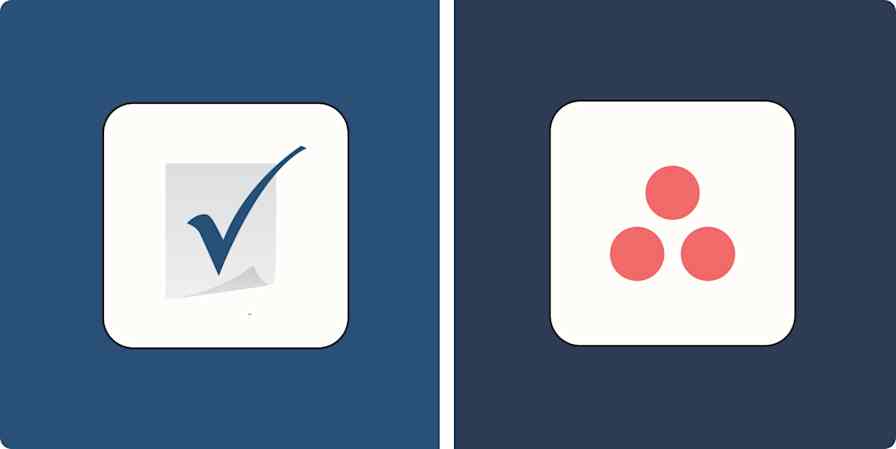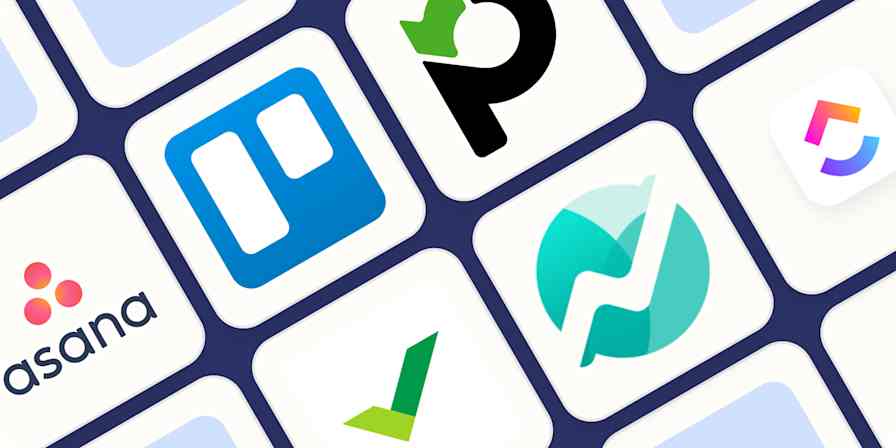I rely on project management tools to keep every aspect of my personal and professional life running smoothly. Lately, I've been spending time in monday.com—it's a project management tool at its core, but it's also a lot more than that.
I've spent a lot of time tinkering with monday.com and exploring all its features. Based on those experiences, I'll walk you through everything monday can do and show you some real-world examples of how teams are putting the platform to work.
Table of contents
What is monday.com?
monday.com is primarily a work management platform (often called a work OS) that helps teams manage all kinds of work in one place. While it's best known as a project management tool, it goes far beyond planning projects and tracking tasks. You can manage resources, track portfolios, and create automated workflows to streamline operations across teams.
What is monday.com used for?
In addition to its work OS, monday.com offers three other core products—each designed to support a specific business process. Here's a quick overview of each one and its key features. Keep scrolling for more details and specific examples of how you can use them to support your work processes.
| Core focus | Standout feature |
|---|---|---|
Task and project management | Multiple board views, including table, Kanban, map, calendar, workload, and Gantt | |
Contact management and sales tracking | Personalized customer sequences, including email, tasks, and phone calls | |
Ticketing and service workflow automation | AI service agents for automated ticket triaging | |
| Sprint planning, bug tracking, and release management | Agile Insights with built-in charts, including velocity, burndown, and planned vs. unplanned |
Project management (monday work management)
monday work management is a flexible project management tool that helps you keep everything in one place. You can organize projects using pre-made board templates or create your own, assign tasks, manage workloads, and track progress. Choose from a variety of views—like Kanban, Gantt, or calendar—so you can visualize your work in whatever way makes the most sense for you.

With workdocs—monday's built-in document tool—you can jot down anything from meeting notes to project scope statements. When you embed the docs in your boards, project updates are automatically reflected in linked documents. Built-in AI tools can also extract data from files and summarize text. And if you want a more visual way to brainstorm and map out ideas, monday WorkCanvas lets you create digital whiteboards where teams can collaborate in real time using sticky notes, diagrams, and images.
Here are some examples of how different teams use monday work management:
Small businesses and freelancers use it to track projects, manage deadlines, and keep client work organized.
Operations teams use it to coordinate cross-departmental projects and track performance metrics.
Human resource teams use it to centralize recruitment, onboarding workflows, and employee initiatives. For example, the team at Backlinko shared with me that they use it to manage their freelance talent recruitment process: candidates submit applications via an embedded WorkForm, and those applications are automatically added to the task board for review. From there, they set up automated workflows to manage notifications, status updates, and emails, keeping the entire recruitment team in the loop.
Sales and customer relationship management (monday CRM)
monday CRM gives you an end-to-end way to manage your sales pipeline—it's less purpose-built than a traditional CRM, but it offers similar features. You can use customizable, built-in forms to collect lead info and automatically feed that data into your boards for tracking and follow-up. There are also built-in tools for building personalized customer sequences and sending bulk emails, as well as AI tools for writing emails, generating tasks, and summarizing activities.

Here are a few ways different teams use monday CRM:
Small businesses track leads, manage client relationships, and automate follow-ups to stay on top of sales opportunities.
Customer success teams stay connected with existing customers, track upsell or renewal opportunities, and ensure smooth handoffs from sales.
Sales teams monitor deal stages, collaborate on accounts, and get forecasts and reports to keep revenue goals in sight. For example, Simplifi Real Estate told me they use monday CRM to monitor their sales pipeline and automatically calculate the probability of closing available deals. This helps their sales team focus on the highest potential opportunities.
Customer support and ticket management (monday service)
monday service is a customer support platform. It's not as specialized as purpose-built help desk software, but it offers a lot of the functionality you need to deliver excellent customer service. For example, there's a customer portal to process service requests, help documentation for self-serve, and AI service agents for automated ticket triaging.
You can also build custom dashboards with at-a-glance views of the details that matter, including your customer satisfaction (CSAT) score, resolved tickets per agent, and response times.

Here are a few ways different teams can use monday service:
Small businesses use it to track customer inquiries, manage response times, and automate follow-ups so no request goes unanswered.
IT support teams use it to manage internal help desk requests, prioritize urgent tickets, and monitor performance metrics like resolution times and SLA compliance.
Customer success teams use it to stay on top of client feedback, track recurring issues, and collaborate with product or engineering teams when escalations are needed.
Product roadmap planning (monday dev)
monday dev keeps product and engineering teams aligned. You can plan sprints, track bugs, and map out product roadmaps all in one place. It works with whatever methodology you follow—for example, Kanban or Scrum—and you can connect it directly to your code base to get real-time updates. There are tools for managing tasks, automating repetitive work, and pulling insights from your team's progress. Think of it as an alternative to Jira.
And since it's part of the larger monday.com platform, it's easy to collaborate with other teams—whether it's design, marketing, or customer support—without juggling a bunch of separate tools.

Here are some examples of how different teams use monday dev:
Product teams use it to manage roadmaps, prioritize features, and track feedback from customers and stakeholders.
Software development teams use it to manage sprints, stay aligned on projects, and build products faster.
Cross-functional teams use it to connect development work with marketing campaigns, customer support updates, and sales efforts to keep everyone working toward the same goals.
Automate monday.com
monday.com offers over 200 native app integrations. But if you can't find the specific integration you need, you can use Zapier's monday's integration to connect it with thousands more. This way, you can do things like automatically add lead data from any source, including email inquiries, Calendly appointments, or Facebook ads.
Learn more about how to automate monday or get started with any of these pre-made workflows.
Create items on a monday.com board for new rows on Google Sheets
Add items in monday.com for new invitees created in Calendly
Create monday.com items on boards for new form submissions in Gravity Forms
Zapier is the most connected AI orchestration platform—integrating with thousands of apps from partners like Google, Salesforce, and Microsoft. Use interfaces, data tables, and logic to build secure, automated, AI-powered systems for your business-critical workflows across your organization's technology stack. Learn more.
What is monday.com? Frequently asked questions
Is monday.com free?
monday.com offers a free forever plan for work management, which includes WorkForms and WorkCanvas. There's no free plan for their other products—CRM, service, or dev—but you can test things out with a 14-day free trial.
Is monday.com a CRM?
monday.com is a work management platform that offers a separate CRM solution called monday CRM. It's a lightweight CRM tool for centralizing customer information, managing your sales cycle, and optimizing customer relationships.
Can you use monday.com offline?
monday.com has an offline mode, but it's limited to the mobile app (for now). The nice thing is that you don't need to enable it prior to going offline—it automatically turns on. Any changes you make will then sync with your account once you go back online.
Related reading:
